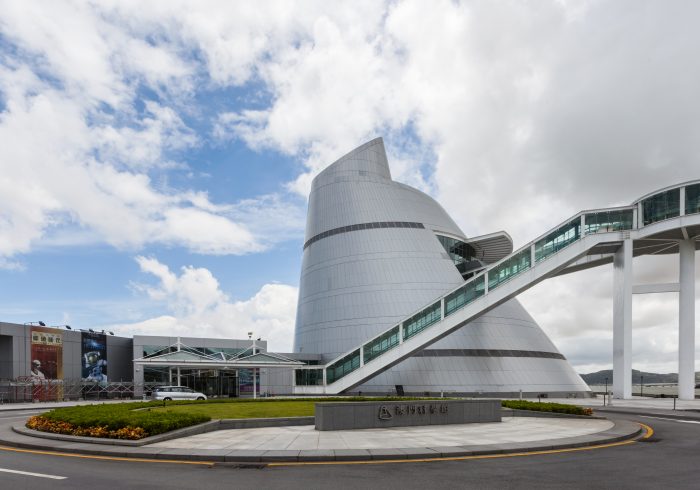In a recent report released by the National Indian Gaming Commission (NIGC), it has been revealed that tribal gaming operations in the United States achieved a remarkable milestone in the fiscal year 2022. The combined gross gaming revenue (GGR) of these operations reached an unprecedented $40.9 billion, marking a significant increase compared to previous years.
The NIGC report provides valuable insights into the thriving tribal gaming industry, shedding light on its economic impact and growth potential. Tribal gaming refers to gambling activities conducted on Native American lands, which are governed by tribal governments and regulated by the NIGC.
The $40.9 billion in combined GGR for FY 2022 represents a 19.3% increase from the previous fiscal year. This growth can be attributed to several factors, including the expansion of existing gaming facilities, the opening of new casinos, and increased consumer demand for tribal gaming experiences.
One of the primary drivers behind this record-breaking achievement is the continuous investment made by tribal nations in their gaming operations. Many tribes have strategically expanded their gaming facilities, offering a wider range of amenities and entertainment options to attract a diverse customer base. These expansions often include luxury hotels, fine dining restaurants, concert venues, and other non-gaming attractions.
Furthermore, the success of tribal gaming can also be attributed to its ability to create employment opportunities for both tribal and non-tribal individuals. The NIGC report indicates that tribal gaming operations directly employ over 750,000 people, making it one of the largest employers in many regions across the country. These jobs not only provide financial stability for individuals and families but also contribute to the overall economic development of tribal communities.
The revenue generated by tribal gaming operations plays a crucial role in supporting essential tribal government programs and services. These funds are often utilized to improve healthcare facilities, education systems, infrastructure, and other critical needs within tribal communities. Additionally, tribes also allocate a portion of their gaming revenue to charitable causes, supporting local organizations and initiatives that benefit both tribal and non-tribal populations.
The NIGC report highlights the significance of tribal gaming as a key contributor to the broader U.S. economy. The revenue generated by tribal gaming operations has a ripple effect, stimulating economic growth in surrounding communities. Local businesses, such as hotels, restaurants, and retail establishments, often experience increased patronage due to the influx of visitors to tribal casinos.
It is important to note that the success of tribal gaming operations is not without challenges. The industry faces ongoing regulatory and legal complexities, as well as competition from other forms of gambling. Additionally, the impact of the COVID-19 pandemic has presented unprecedented obstacles, forcing temporary closures and reduced operations for many tribal casinos. However, the resilience and adaptability of tribal gaming operators have allowed them to navigate these challenges and continue to thrive.
Looking ahead, the future of tribal gaming appears promising. The industry has demonstrated its ability to evolve and innovate, offering unique gaming experiences that attract a wide range of customers. As tribes continue to invest in their gaming operations and diversify their offerings, it is likely that the economic impact of tribal gaming will continue to grow, benefiting both tribal communities and the broader U.S. economy.



